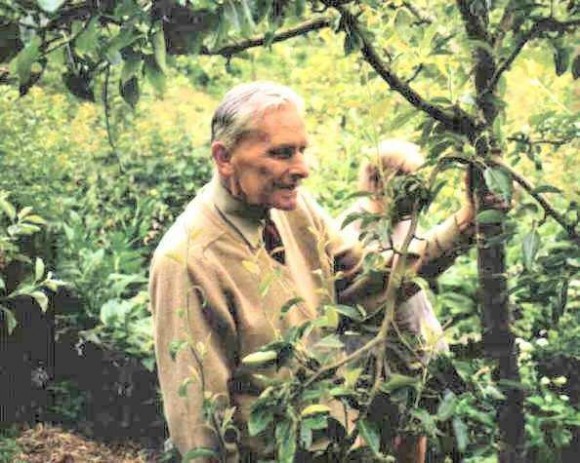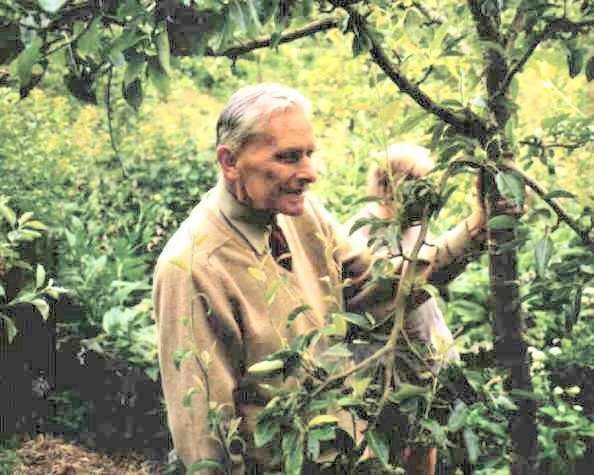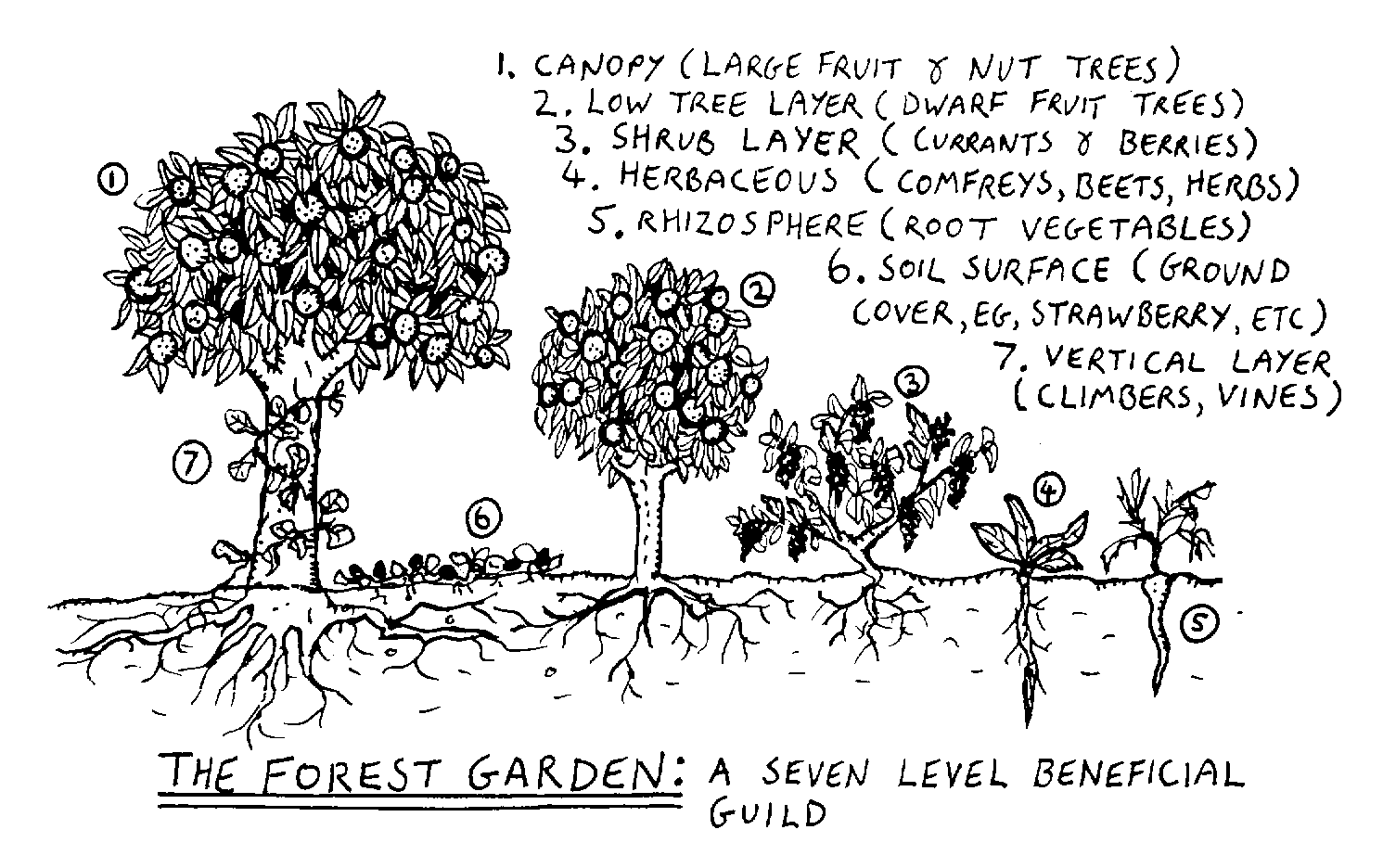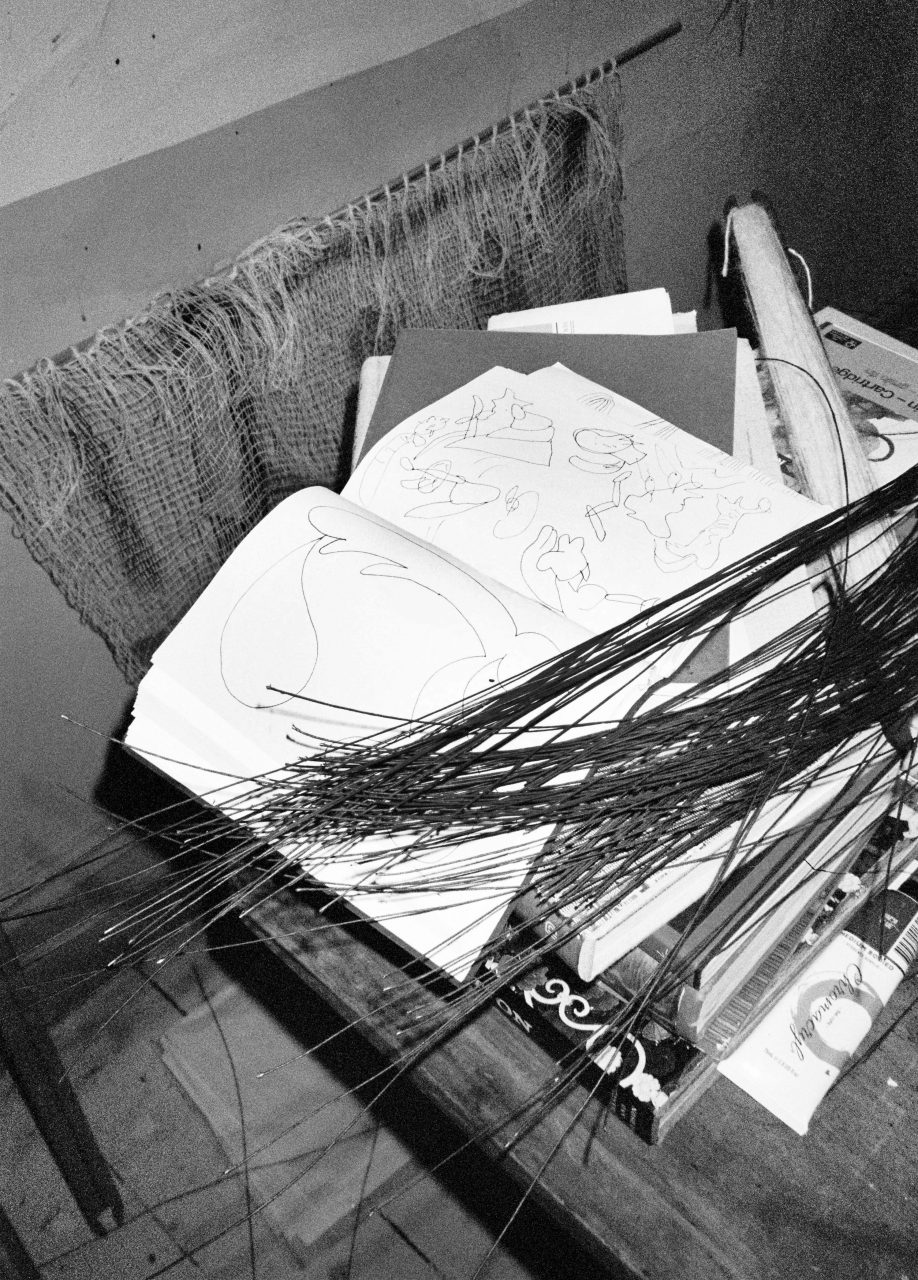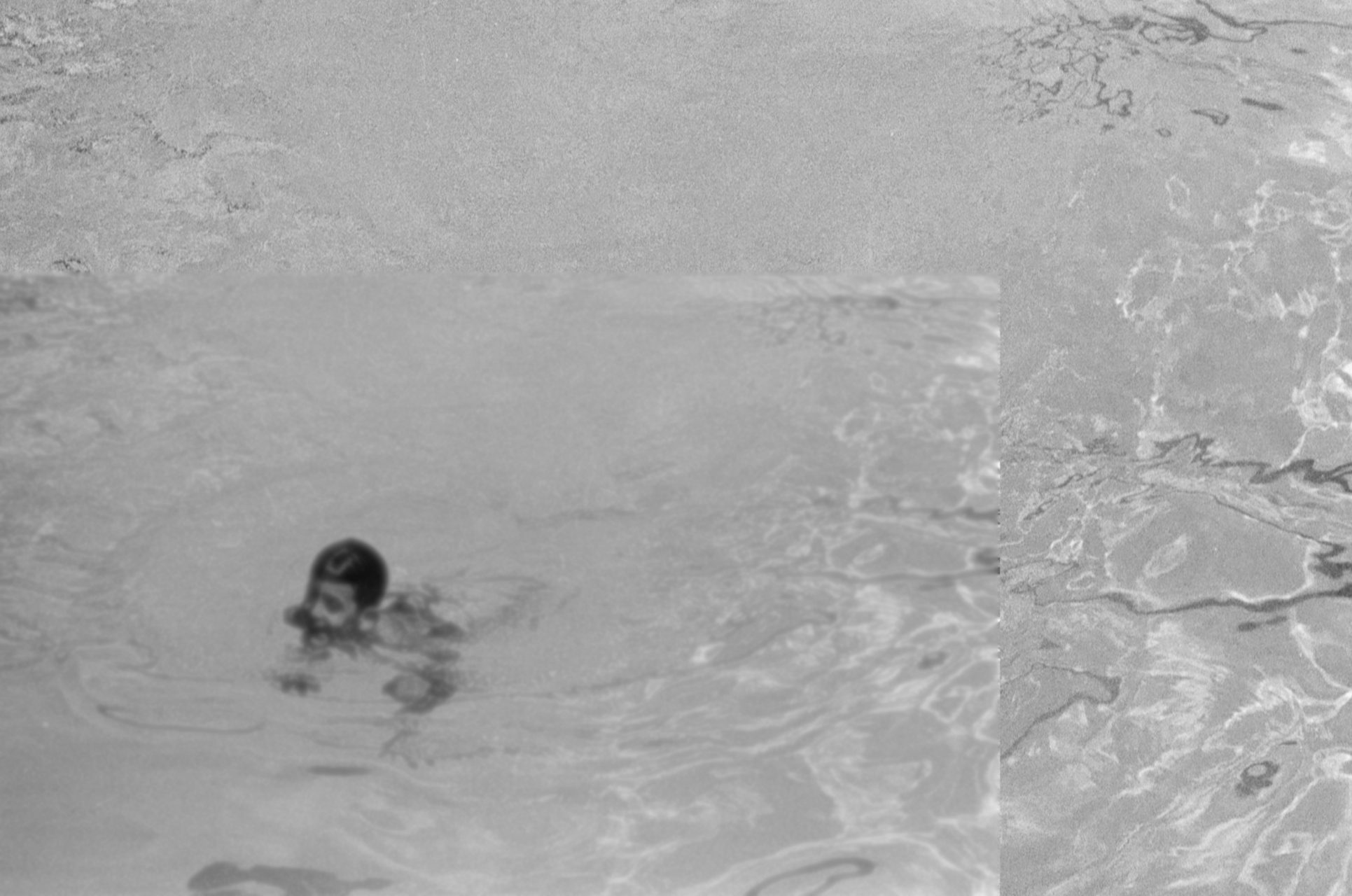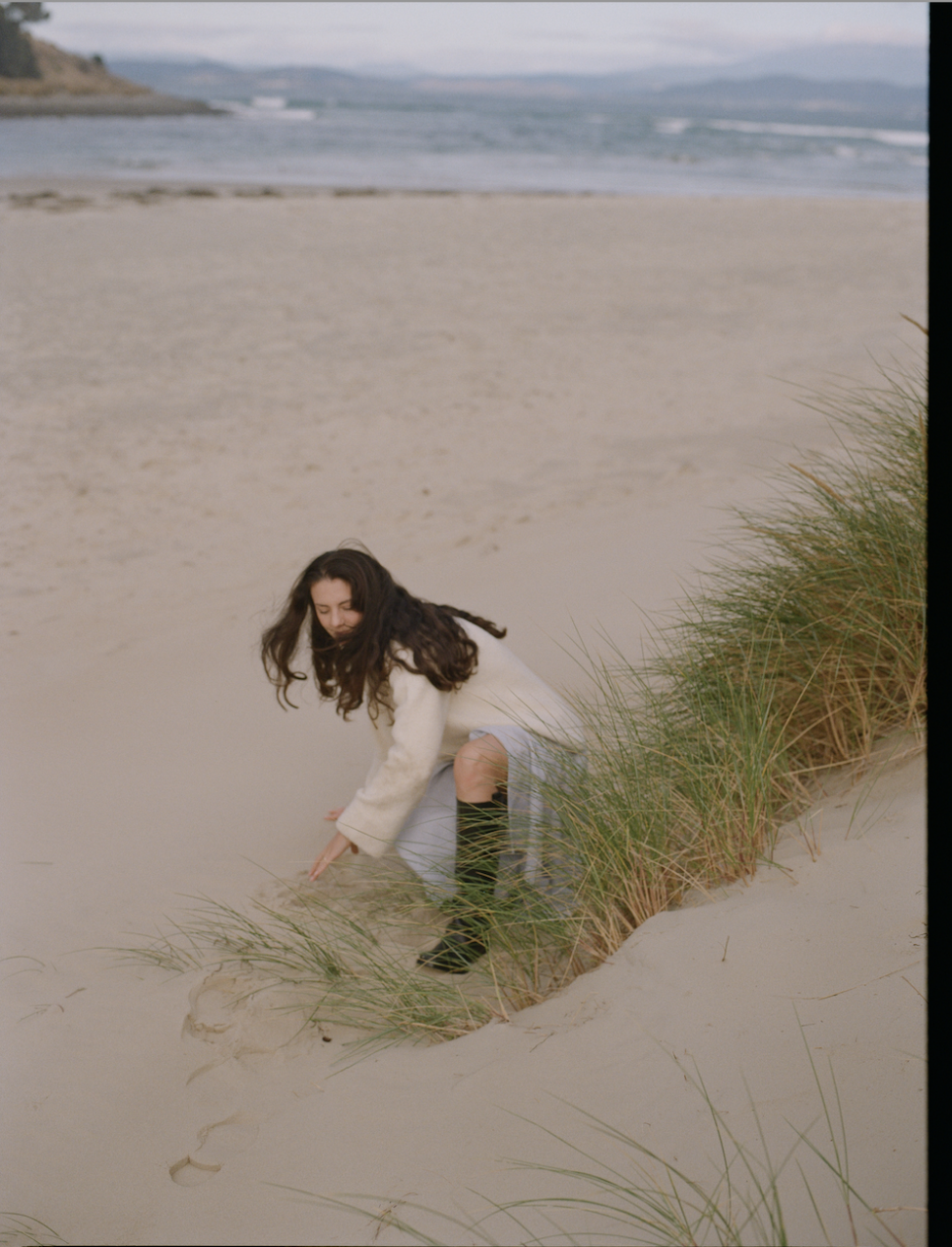Monday’s Muse: Robert Hart
The pioneer of forest gardening, Robert Hart’s first intention was to provide a healthy and therapeutic environment for himself and his brother, who was born with severe learning disabilities.
However, Hart soon discovered that maintaining large annual vegetable beds, rearing livestock and taking care of an orchard were tasks beyond one man’s strength. He did happen to observe a small bed of perennial vegetables and herbs he had planted was looking after itself with little or no intervention, and at further investigation, these plants provided interesting and unusual additions to the diet, and seemed to promote health and vigour in both body and mind.
Remembering the words of Greek physician Hippocrates; “make food your medicine and medicine your food”, Hart adopted a vegan, 90% raw food diet. The three main products from a forest garden are fruit, nuts and green leafy vegetables, which allowed Hart’s forest garden to run as a vegan organic food production system.
He also began to examine the interactions and relationships that take place between plants in natural systems. Based on the observation that the natural forest can be divided into distinct layers or ‘storeys’, he developed an existing small orchard of apples and pears into an edible landscape consisting of seven dimensions;
A ‘canopy’ layer consisting of the original mature fruit trees.
A ‘low-tree’ layer of smaller nut and fruit trees on dwarfing root stocks.
A ‘shrub layer’ of fruit bushes such as currants and berries.
A ‘herbaceous layer’ of perennial vegetables and herbs.
A ‘ground cover’ layer of edible plants that spread horizontally.
A ‘rhizosphere’ or ‘underground’ dimension of plants grown for their roots and tubers.
A vertical ‘layer’ of vines and climbers.
Hart had a vision to expand the idea of a forest garden throughout even the most heavily built up areas… “Obviously, few of us are in a position to restore the forests…But tens of millions of us have gardens, or access to open spaces such as industrial wastelands, where trees can be planted…and if full advantage can be taken of the potentialities that are available even in heavily built up areas, new ‘city forests’ can arise.”

